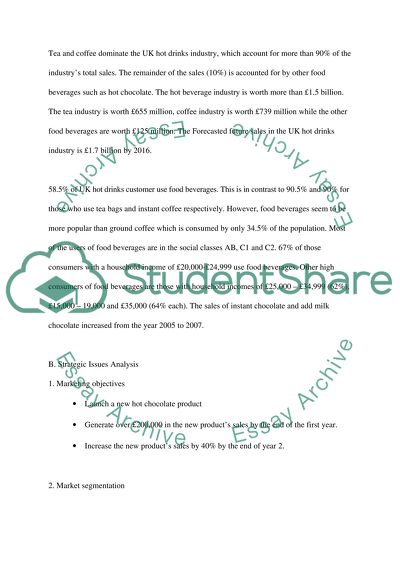Cite this document
(“Marketing Essay Example | Topics and Well Written Essays - 1250 words - 1”, n.d.)
Retrieved from https://studentshare.org/environmental-studies/1405085-marketing
Retrieved from https://studentshare.org/environmental-studies/1405085-marketing
(Marketing Essay Example | Topics and Well Written Essays - 1250 Words - 1)
https://studentshare.org/environmental-studies/1405085-marketing.
https://studentshare.org/environmental-studies/1405085-marketing.
“Marketing Essay Example | Topics and Well Written Essays - 1250 Words - 1”, n.d. https://studentshare.org/environmental-studies/1405085-marketing.


